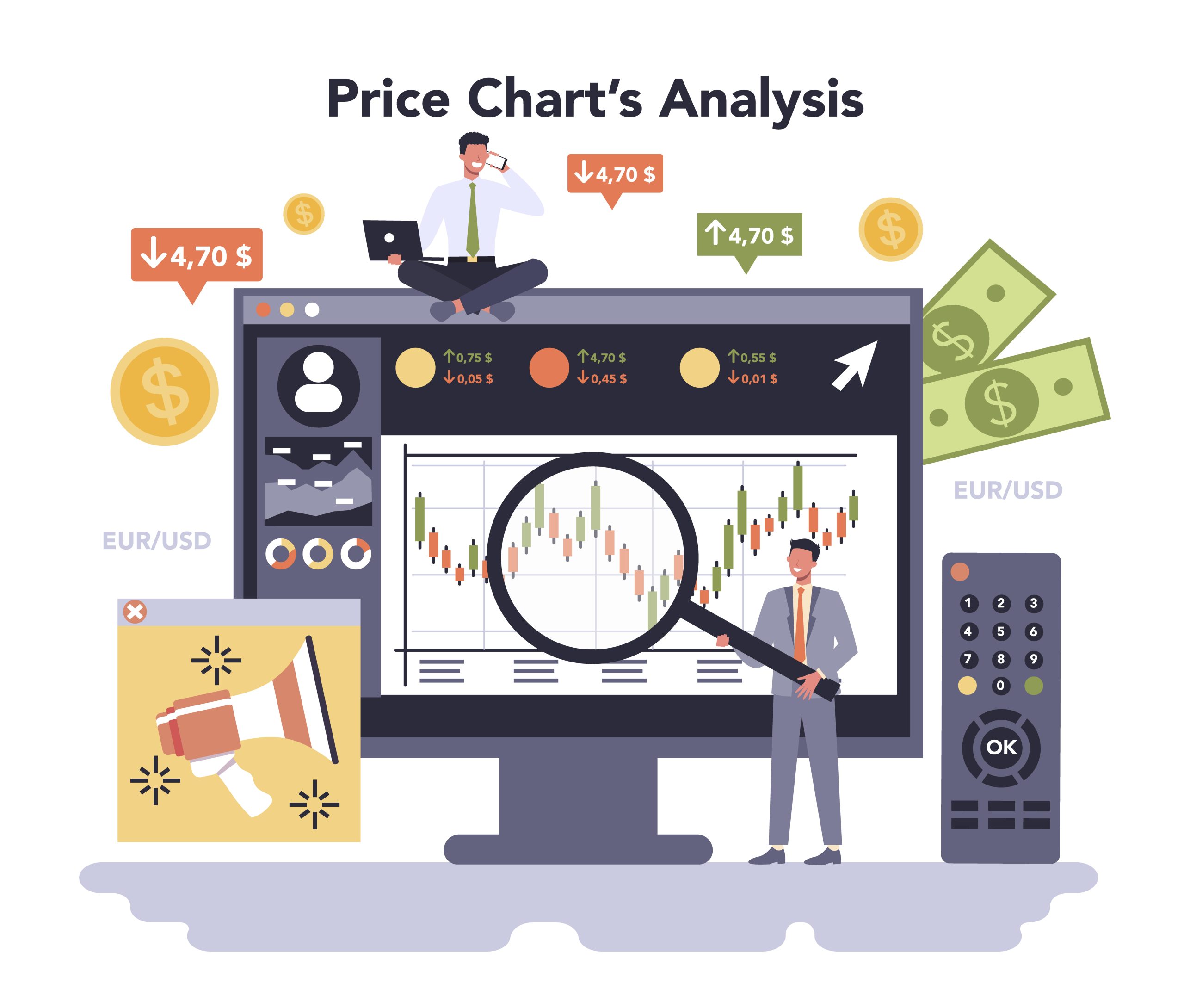Introduction: In the world of trading, indices play a crucial role in measuring the performance of a group of stocks representing a particular sector, market, or economy. While technical analysis is widely used in trading, fundamental analysis is equally important, especially when it comes to indices trading. Fundamental analysis involves evaluating various economic, financial, and qualitative factors that influence the value and future prospects of an index. In this article, we will explore fundamental analysis techniques that can help you make informed decisions and maximize your success in indices trading.
Keywords: fundamental analysis techniques, indices trading, trading strategies, market analysis, economic indicators
WordPress Tags: fundamental analysis, indices trading, trading strategies, market analysis, economic indicators
- Understanding Fundamental Analysis: Fundamental analysis is a method of evaluating securities examining underlying factors that may influence their value. When applied to indices trading, it involves studying economic indicators, financial statements, and qualitative aspects to gauge the overall health and future potential of an index. By analyzing fundamental factors, traders can make more informed decisions and identify trading opportunities.
- Economic Indicators: Economic indicators are key factors that reflect the economic performance of a country or region. They provide valuable insights into the health of the overall economy and have a significant impact on indices. Some commonly used economic indicators include GDP growth, inflation rates, employment data, consumer spending, and manufacturing activity. Monitoring and analyzing these indicators can help traders anticipate market movements and adjust their strategies accordingly.
- Company Earnings and Financial Statements: Indices are comprised of multiple companies, each with its own financial performance. By analyzing the earnings and financial statements of the constituent companies, traders can gain a deeper understanding of the index’s potential direction. Key financial statements to consider include income statements, balance sheets, and cash flow statements. Pay attention to factors such as revenue growth, profit margins, debt levels, and cash flow patterns, as they can significantly impact the overall index performance.
- Industry and Sector Analysis: Indices often represent specific sectors or industries. Conducting a thorough analysis of the sector’s performance and its individual companies can provide valuable insights. Consider factors such as industry trends, competitive landscape, regulatory environment, and technological advancements. Understanding the dynamics of the sector can help you identify potential winners and losers within the index and make more informed trading decisions.
- Central Bank Policies and Monetary Factors: Monetary policies set central banks can significantly impact indices trading. Interest rate decisions, quantitative easing programs, and changes in monetary policy can affect the overall market sentiment and investor behavior. Stay informed about central bank announcements, speeches, and policy changes to anticipate potential market reactions. Additionally, monitor currency exchange rates, as they can impact the competitiveness and profitability of companies within the index.
- Geopolitical and Macroeconomic Events: Geopolitical events, such as political instability, trade disputes, and global conflicts, can have a profound impact on indices. Keep track of major geopolitical developments and assess their potential implications on the index you are trading. Macroeconomic events, such as elections, policy changes, and geopolitical tensions, can create volatility and present both risks and opportunities. Stay informed and adapt your trading strategies accordingly.
Conclusion: Fundamental analysis techniques are essential for successful indices trading. By understanding and analyzing economic indicators, financial statements, industry trends, central bank policies, and geopolitical events, traders can make informed decisions and capitalize on market opportunities. Remember that fundamental analysis should be used in conjunction with other trading strategies and tools to maximize your chances of success in indices trading.
Remember to utilize these WordPress tags to ensure your article reaches the right audience: fundamental analysis, indices trading, trading strategies, market analysis, and economic indicators. Happy trading!
Disclaimer: Trading involves risk, and the information provided in this article is for educational purposes













